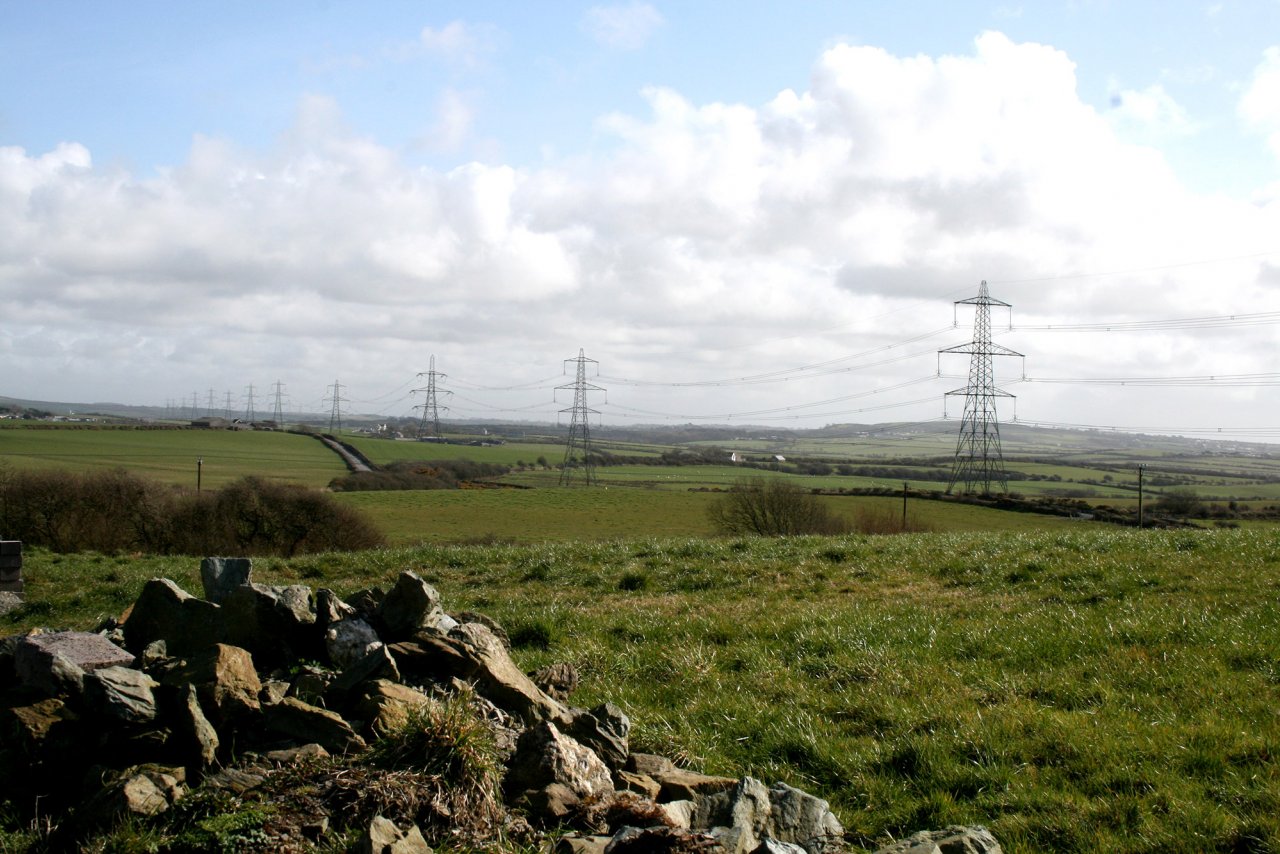| Title: | Wind Turbines and Pylons: Guidance on Separation Distances , Wales, UK |
| Markets: | Infrastructure |
| Client: | Anglesey and Gwynedd Joint Planning Policy Unit (JPPU and Snowdonia National Park Authority) |
| Services: | Landscape planning |
| Region: | United Kingdom |
| Date: | 2014 |
A study to determine the appropriateness of applying minimum separation distances between wind turbines or pylons and residential properties, to protect residential visual amenity.
The client group commissioned Gillespies in response to an increasing number of applications for single or multiple wind turbines that are not large enough to be considered a ‘wind farm’ but together or individually could potentially have a significant impact on views from residential properties.
Whilst GLVIA3 provides guidance on assessing the visual impacts of developments, there is no nationally recognised method for using identified visual impacts to establish minimum separation distances between vertical structures such as wind turbines or pylons and residential properties. Current Welsh Government advice is that each case should be judged independently and on its own merits.
Gillespies developed the study as an easy to understand and apply visual assessment tool for use by developers and planning officers when considering the likely visual impact of turbines and pylons on residential communities.


The study introduced the concept of residential visual amenity ‘trigger distances’ based on a mathematical formula for assessing the apparent height of a turbine or pylon.
Although there are common threshold criteria which have been applied by Planning Inspectors when considering the acceptability of impacts on residential visual amenity, to the best of our knowledge, this is the first time that an empirically derived approach has been developed and tested for application to specific development types.
The work won a national Landscape Institute Award in 2015 in recognition of its innovation in providing a new consistent approach to assessing the acceptability of vertical infrastructure on residential visual amenity. In so doing it has progressed the understanding of visual impact assessment.
The study is one of the supporting documents for the Anglesey and Gwynedd Joint Local Development Plan and is being used in the consideration of local planning applications. It can be adapted
Awards
- 2015 Landscape Institute Award — Highly Commended in Local Landscape Planning: Wind Turbines and Pylons





